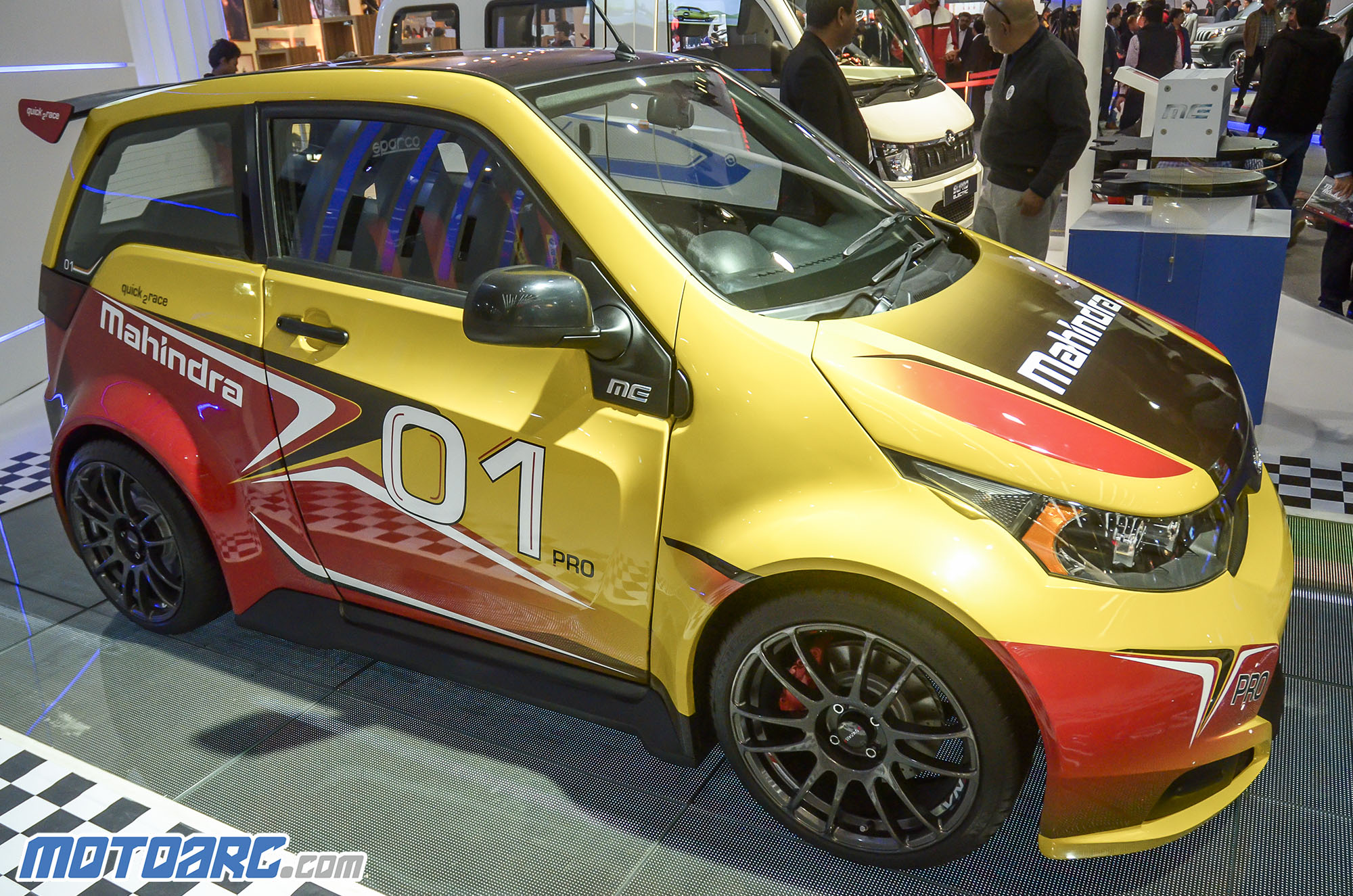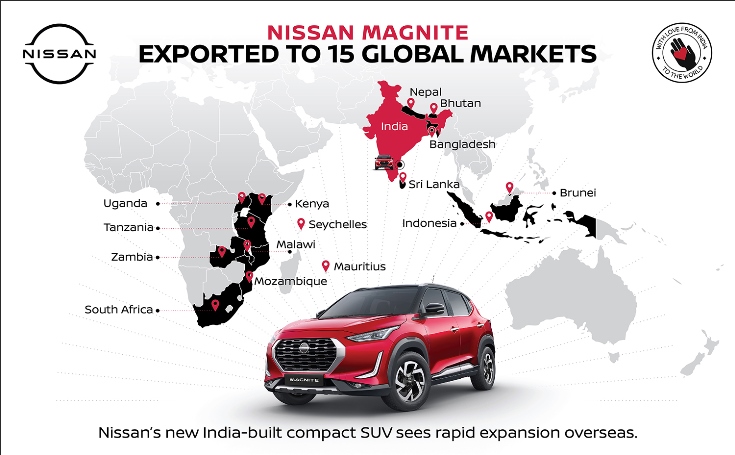Automakers expect the government to make an EV friendly Annual Budget for the Year 2018-19

Last year, the Indian Automotive Industry was rocked by Road and Transport Minister Mr.Nitin Gadkari’s warnings to automakers to increase their pace into making electric vehicles and their technologies. Off lately, many countries are trying to implement a shift to electric power for their respective automotive industries.
The goal is to completely shift to EVs for transportation by the year 2030. While its a big transformation to bring into action, it is a daunting task for our country.
India has seen substantial attempts from automakers to sell Electric Vehicles in India. They all tasted little success, courtesy being to the unfriendly tax systems which make developing as well as owning an EV, a very expensive prospect.
The Society of Manufacturers of Electric Vehicles (SMEV), the top body of electric vehicle manufacturers of India has proposed to the government a reduction in GST rates to 5% on all electric vehicles and electric vehicle subsystems.
“GST reduction is critical to achieve FAME targets and galvanize E-vehicle industry,” said Mr Sohinder Gill, Director, Corporate Affairs, SMEV.
The SMEV also wrote their expectations from the government from the Union Budget 2018-19. They are:
- Launch of next phase of FAME Scheme for a longer period of 6 years and its time-bound implementation: We expect the government to timely announce the launch of the next phase of FAME scheme for a longer period. Due to high ownership cost of EVs in the present scenario, the approach to Demand Incentives (DI) and Viability Gap Funding (VGF) needs to be changed and the existing subsidy module needs to be enhanced for the next 6 years as compared to the previous short term periods i.e. 6 months – 1 year.
- Reduction of GST to 5% on all EVs and EV subsystems
- Rebate on Income Tax for consumer adopting Electric Vehicles: Many countries such as Norway, France, Canada, Denmark and Netherlands have already implemented this policy in their respective systems and have garnered a plethora of benefits out of it. For example, Norway now has 36 percent of EVs on road due to such supportive policies. Similar policy can be introduced in India as well as a step to encourage faster e-vehicle adoption wherein the government need not spend money by utilising public funds to make any transactions. It will further encourage customers to purchase more EVs in the upcoming future as well.
Indigenization of EV components: IGST for all imports should be 5%. In addition, import duties on motors, controllers and DC-DC converters should be ZERO in the first 3 years, and should be increased to 10% in YEAR Four and 20% in YEAR Six. This will encourage local manufacturing and give time to companies to set up their local manufacturing.
The shift to EVs is a big transition, bound to happen globally. The need for the Indian government’s co-operation to EV makers is a critical factor in the change to be brought about.





